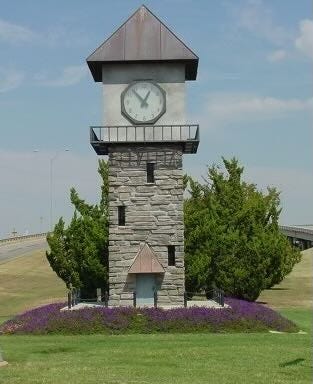Paying it Forward: Time marches on #127
If time machines existed, what would you want to change? Miss the time of the accident, or be relaxed, prepared and on top of your game? We can't time travel yet waste the precious time we have.
Jack Browne, Wichita Falls Times Record News edition, Sunday August 10, 2025
What would you do if time machines existed?
Most of us would go back and invest in today’s high-flying stocks.
How many would go back so they wouldn’t be late to a meeting? All have only 1,440 minutes in each day.
Meetings are the opportunity to collaborate and build synergy around common goals, while developing plans to achieve the desired outcome.
I’ve learned few really manage their time well. Many show up at the host’s lobby at the time the meeting is to start. After calling their contact to secure entry and escort, 15 minutes have elapsed while key meeting participants step out to do one more thing.
The first lesson of time management is on-time is 10 minutes early! Comprehend all likely delays — yet still be 10 minutes early.
With this time, reflection on the meeting, attendees and ways to maximize value are all improved.

By preserving my credibility and relationships, I can secure the next meeting easily.
The next challenge of time management is to understand how to use the time you have.
An hour of slides is not appropriate for a one-hour meeting. My experience is that each slide requires six minutes. With too many slides, attendees only see the presenter’s back rushing through slides.
Out of politeness, most attendees defer to the presenter giving them a false sense of acceptance. But the presenter never saw the feedback from attendees’ body language or shared expressions. More importantly there was no dialogue about how the ideas mesh with the issues to be addressed.
After one such dialogue in Tokyo, I had a private moment with a longtime executive. He shared, “Jack-san, that is a good plan, but we cannot do that.”
After the customer attendees had left the room, my team was celebrating what a great success they had in validating their proposed strategy. Imagine their surprise as I returned from my one- on-one and shared that feedback!
I’ve learned the need to manage time, by dividing a meeting into five sections with the first 10-15 minutes for introductions so all know who the other players are. The presenter only has 20% of the meeting to talk, with the expectation that there will be dialogue during the presentation of an equal amount of time.
The 40% balance of the meeting is spent in discussing next steps, allowing a better understanding for all.
We are all equal, be on time – 10 minutes early.
Jack Browne is a community activist and former technology engineer, sales and marketing executive at Motorola and other top tech companies.

